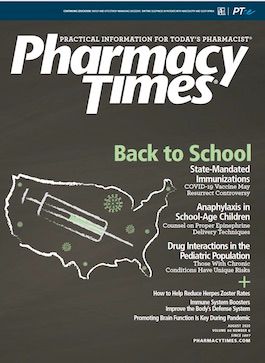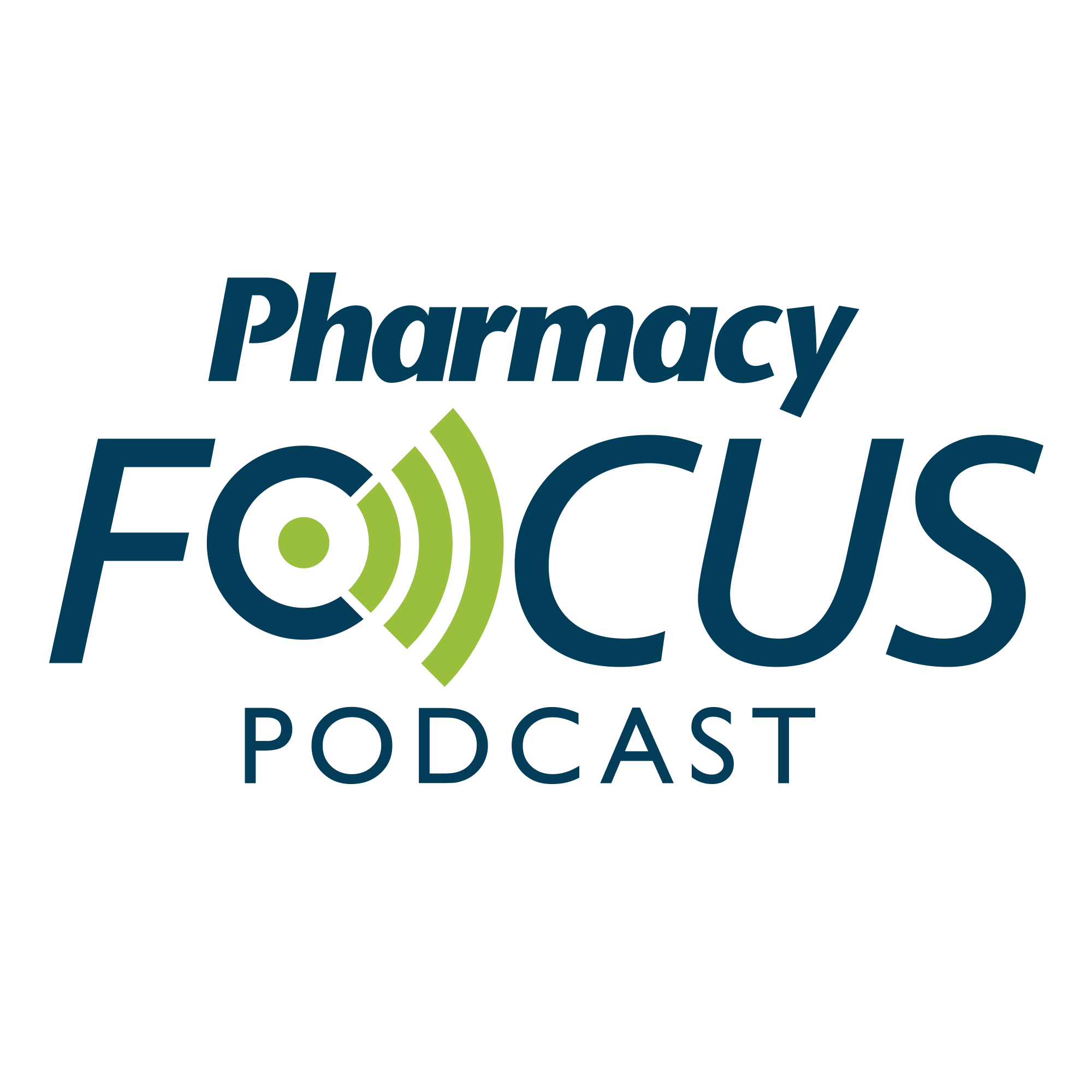Publication
Article
Pharmacy Times
Nurtec ODT From Biohaven Pharmaceuticals, Inc
Author(s):
The FDA has approved Nurtec ODT (rimegepant) from Biohaven Pharmaceuticals to treat acute migraines with or without aura in adults.
The FDA has approved Nurtec ODT (rimegepant) from Biohaven Pharmaceuticals to treat acute migraines with or without aura in adults.
The approval carries the limitation that Nurtec ODT is not indicated for preventive migraine treatment.1 A migraine can last from 4 to 72 hours and is characterized by multiple symptoms, such as pulsating headaches of moderate to severe pain that can be associated with nausea or vomiting. Some migraine suffers may also experience sensitivity to light or sound. An estimated 40 million Americans are affected by migraines, and more than 90% are unable to function normally or work during an attack.2
PHARMACOLOGY AND PHARMACOKINETICS
Nurtec ODT is a calcitonin gene-related peptide receptor antagonist. It reaches maximum plasma concentration 1.5 hours after oral administration and displays an elimination half-life of about 11 hours. It is metabolized primarily by cytochrome P450 3A4 and to a lesser extent by cytochrome P450 2C9. It is eliminated primarily unchanged, and no major metabolites have been detected in plasma samples.1
DOSAGE AND ADMINISTRATION
The recommended dose of Nurtec ODT is 75 mg taken orally as needed with a maximum of 1 dose per 24 hours. Advise patients to have dry hands when opening the blister pack and to take the dose immediately after opening. The tablet should be placed on or under the tongue, where it will disintegrate without requiring additional liquid. The safety of more than 15 doses in a 30-day period has not been established.1
CLINICAL TRIALS
Nurtec ODT was evaluated for efficacy in the acute treatment of migraines with and without aura in a double-blind, placebo-controlled, randomized trial. Adults were randomized to receive either Nurtec ODT 75 mg or a placebo. Rescue medication, such as acetaminophen, an antiemetic, and/or nonsteroidal anti-inflammatory drugs, was allowed 2 hours after the initial treatment. Other rescue medications, such as triptans, were not allowed within 48 hours of the initial treatment. About 14% of participants were taking preventive medications for migraine at baseline, but none were using preventive agents that act on the calcitonin gene-related peptide pathway.
The study results showed that the participants using Nurtec ODT 75 mg demonstrated a statistically significant difference in the coprimary end points of freedom from the most bothersome symptoms and pain at 2 hours after dosing compared with those using a placebo. The results also showed statistically significant differences in the additional efficacy end points of pain relief at 2 hours, pain freedom that was sustained for up to 48 hours, and return to normal function at 2 hours after administration. Additionally, 86% of participants in the Nurtec ODT group did not require rescue medication within 24 hours after administration.1,2
CONTRAINDICATIONS, WARNINGS, AND PRECAUTIONS
The use of Nurtec ODT is contraindicated in patients with a history of a hypersensitivity reaction to any of the active or inactive components of the medication.
In clinical trials, hypersensitivity reactions such as dyspnea and rash have occurred. If a serious hypersensitivity reaction occurs, treatment with Nurtec ODT should be discontinued and appropriate therapy should be initiated. These reactions can occur days after the medication is administered.
Because concomitant use of Nurtec ODT with cytochrome P450 3A4 (CYP3A4) inhibitors increases the exposure of Nurtec ODT, it should not be used concurrently with strong CYP3A4 inhibitors. When used in combination with moderate ones, additional doses of Nurtec ODT should be avoided for 48 hours after initial administration. Nurtec ODT should not be used concomitantly with moderate or strong cytochrome P450 3A inducers, because this combination can significantly reduce exposure of Nurtec ODT, resulting in decreased efficacy. Nurtec ODT is a substrate of P-glycoprotein (P-gp) and Breast Cancer Resistance Protein (BCRP) efflux transporters. Concomitant administration of the medication with inhibitors of P-gp or BCRP may significantly increase Nurtec ODT exposure, and these agents should not be used simultaneously with Nurtec ODT. Patients with severe hepatic impairment should not take Nurtec ODT. The most common adverse reaction is nausea.1
Monica Holmberg, PharmD, BCPS, earned her PharmD at the University of Connecticut in Storrs and completed an ambulatory care residency at the Phoenix VA Health Care System in Arizona. Her practice hasalso included pediatrics and inpatient mental health. She lives in Phoenix.
REFERENCES
- Nurtec ODT. Prescribing information. Biohaven Pharmaceuticals, Inc; 2020. Accessed July 20, 2020. https://www.nurtec.com/pi
- Biohaven’s Nurtec ODT (rimegepant) receives FDA approval for the acute treatment of migraine in adults. News release. Biohaven Pharmaceuticals; February 27, 2020. Accessed July 20, 2020. https://www.biohavenpharma.com/investors/news-events/press-releases/02-27-2020







